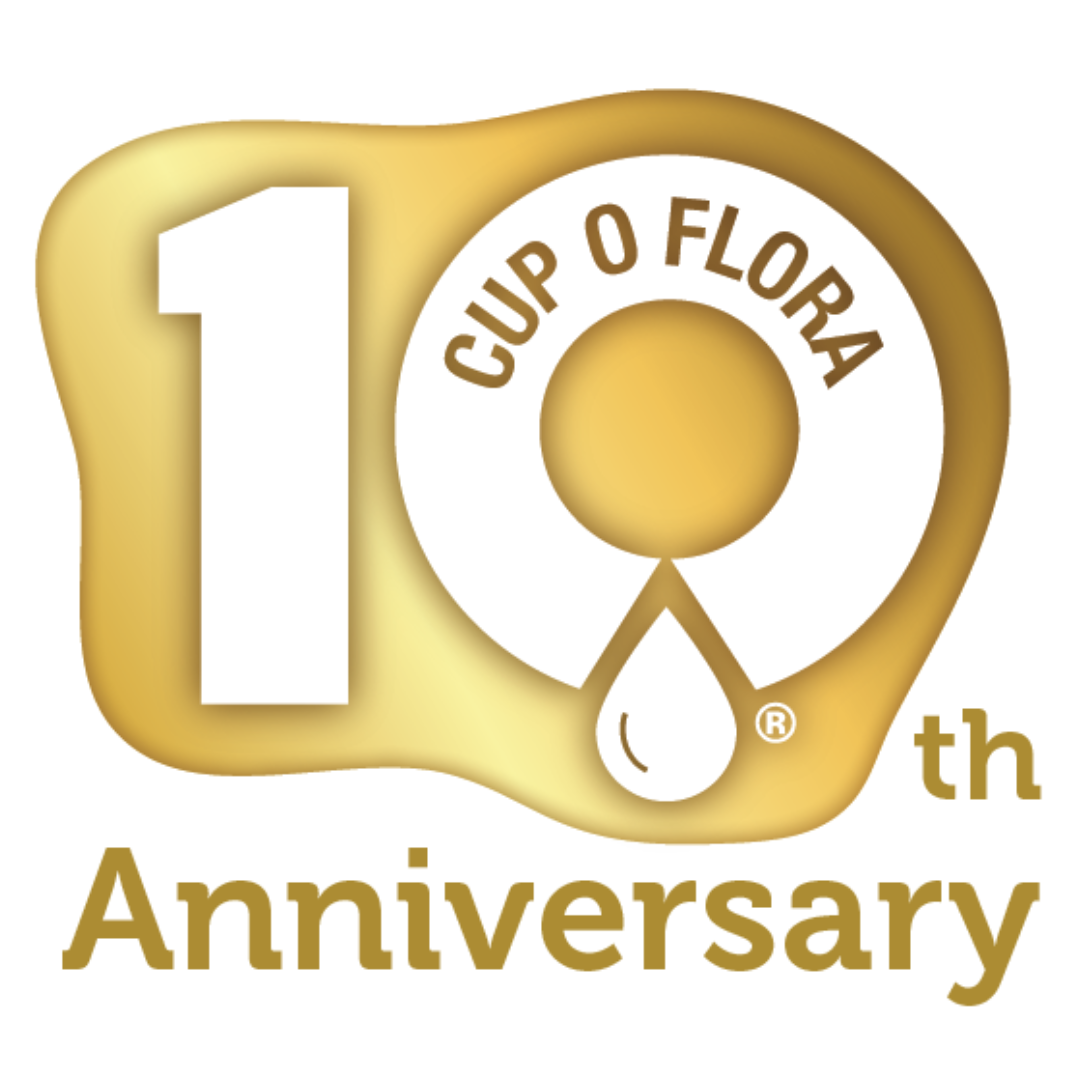A good foundation for growing plants starts from the ground up. While plants in the garden are happy in soil, the same can’t be said for indoor potted plants. They need a potting mix. It’s made up of larger chunks and particles to better allow potted plant roots to breathe and absorb water and nutrients. But not all mixes are the same. Let’s explore what’s in a mix and what’s best for your plants.
What’s in a potting mix?
Most standard potting mixes are made up of composted organic matter, such as bark fines or sawdust. They may also contain additives such as slow-release fertilisers to support plant growth and washed river sand, peat moss or perlite to assist with drainage, aeration and/or water-holding capacity. The amount of these additives varies between mixes, and this determines the type of potting mix; ultimately what plants it will be suitable for.
These bagged mixes typically conform to an Australian Standard; this ensures they are made to a certain quality and fit for purpose. To identify if a product has been manufactured according to the Australian Standard, look for a mark with five ticks on the product. You will either find black or red ticks and this indicates the product’s grade.
There are two grades of potting mix: regular and premium. The regular mix is marked with black ticks and contains little to no fertiliser. The premium has red ticks and contains added wetting agents and slow-release fertiliser, enough to supply plants with at least one month's (or longer) worth of nutrients. The difference between them is usually a few dollars, so purchasing a premium blend is worthwhile unless you want to include your own compost and other fertilisers.
 Images from mulhalls.com
Images from mulhalls.com
Types of potting mix
A product sold as ‘premium potting mix’ is suitable for most indoor plants, like Parlour Palm and Peace Lily. But some plants or groups of plants have specific needs and therefore, need a specialty mix. Cacti, succulents, orchids, and African Violets need an aerated, free-draining mix to allow water to drain away freely. These mixes usually have added sand, perlite or large pieces of bark to assist with drainage. You’ll find that manufacturers call this out on the product label, making it easy for you to identify exactly which product is suitable for your plant.
There are many plant enthusiasts who prefer to make up their own potting mix. It allows for better control over the ratio of additives to better suit certain plants. For example, some aroids like Monsteras and Philodendrons fare better in a mix that can hold moisture, but also drains well. It is usually made up of premium potting mix, peat moss, orchid bark, perlite, charcoal, and slow-release fertiliser. Understanding what these ingredients do can help with formulating your own.
Here are some ingredients that go into a potting mix and their effect on the mix
Orchid bark: coarse material that helps aerate a mix.
Perlite: lightweight, volcanic rock that helps aerate mixes while holding moisture.
Washed river sand: coarse, gritty nature helps improve drainage.
Peat moss: sourced from bogs, has a high moisture-holding capacity and is a source of organic matter.
Horticultural charcoal: assists with drainage, aeration and can help improve protection against pathogens.
There are plenty of potting mix ‘recipes’ online that you can try. Once you become more familiar with plants or as your collection expands, have a play, and see what works best for you.
Soil-less or inert media
A soil-less or inert media is a type of growing media that contains little to no organic matter or nutrients. It serves as a means for roots to anchor onto a surface allowing the plant to be supported and stand upright.
A popular inert media is LECA (lightweight expanded clay aggregates), clay pebbles or clay balls. They’re all different names for the same thing – clay that has been heated and expanded to form beads or balls.
LECA is used in hydroponic or hydroculture systems. The balls are highly porous and allow for superior drainage and aeration – ideal conditions for plant growth. Due to their structure, they do not compact or degrade over time, so can be used indefinitely. They’re perfect for use in your CUP O FLORA pots.
Other forms of inert media include rock wool, perlite, recycled glass, vermiculite, and coconut coir.
What mix is best for me?
Just like fertilisers, there are many types of potting mixes you can choose for your plants. If you’re starting your plant journey, look for a mix at your local nursery. It will have all the right ingredients to ensure success. If you’re repotting a plant to your CUP O FLORA pot, you can find the perfect mix in the exact amount required for your pot here.

